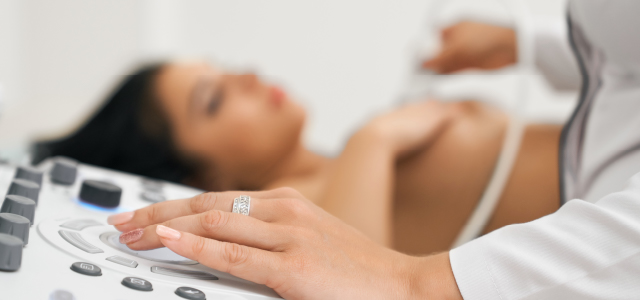
It’s essential to stay on top of your yearly preventative care checkup, especially when it comes to breast cancer. By being proactive and getting an annual breast cancer screening, your doctor can check for early signs of breast cancer and get you the treatment you need quickly, increasing your chance of complete remission. But what is the best method to screen for breast cancer? Some doctors recommend a mammogram, while others prefer a breast ultrasound. Keep reading to learn more about breast ultrasounds, why they’re used, and how they can help with procuring a diagnosis.
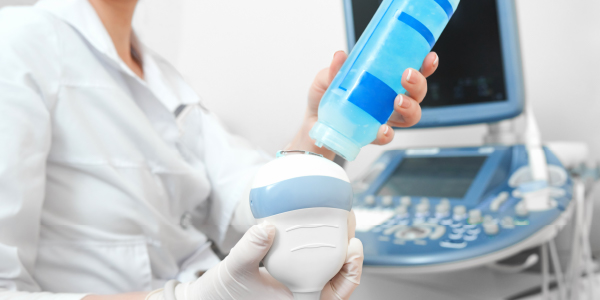
What is a Breast Ultrasound?
A breast ultrasound, also known as a sonogram, utilizes sound waves to generate an image of the inside of the body by passing a wand called a transducer over the breast throughout the test. The transducer sends sound waves that bounce off the dense breast tissue, creating an accurate picture.
Sonogram vs Mammogram
When looking to get screened for breast cancer, many women are unsure whether they need to schedule an appointment for a sonogram or a mammogram. A mammogram differs from a sonogram in that it utilizes x-ray imaging as opposed to sound waves. Ultrasounds and x-rays also produce different types of images. Oftentimes, the earliest signs of breast cancer are missed in breast ultrasound. However, a physician may recommend a sonogram instead for women with dense breasts or those with abnormal mammogram results that require additional imaging. If your doctor needs to perform a breast biopsy, they may also use a breast ultrasound to help guide their needle when collecting the tissue sample.
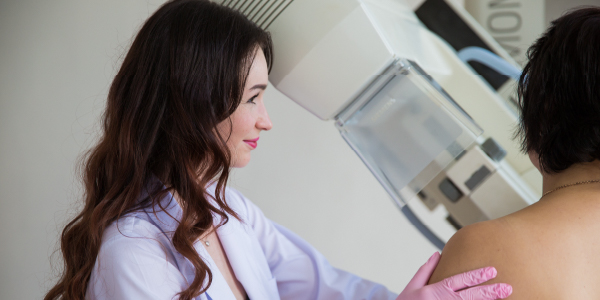
Can Breast Cancer Be Detected with an Ultrasound?
Because early signs of tumors can be missed by an ultrasound, most healthcare professionals would recommend a mammogram as the first method for breast cancer imaging. However, you can absolutely detect breast cancer with an ultrasound. In fact, there are many cases in which it is preferable for you to get an ultrasound instead of a mammogram.
To avoid harmful x-ray damage to their unborn child, pregnant women needing a breast cancer screening usually receive a sonogram. Ultrasounds are often also preferable for those with smaller breasts or low breast density, whereas women with larger breasts may not get accurate images from an ultrasound. Most healthcare providers will also choose an ultrasound over a mammogram for women under 30, unless they have a family history of breast cancer or other factors that put them at higher risk.
What Do They Look For in a Breast Ultrasound?
When performing a breast ultrasound, healthcare providers are typically looking for help to assess:
- Unusual nipple discharge
- Evaluating mastitis, or inflammation of mammary tissues
- Monitoring breast implants
- Investigating breast pain, swelling, or redness
- Examining skin discoloration
- Monitoring existing benign bumps
- Verifying the results of other diagnostic tests
What to Expect from a Breast Ultrasound?
If you are about to get a breast ultrasound, there are a few things guidelines to follow before showing up to your doctor appointment:
Avoid lotions or powders
- You may want your skin to be scented and supple before your appointment, but you should avoid using any lotions or powders prior to the ultrasound. These can decrease the accuracy of the images and potentially cause the machine to miss something important.
Remove any form of metal from the body
- Metal from jewelry or clothing items can also interfere with the test results, so it’s best to leave these belongings at home.
Ask who your sonographer is
- If you don’t know who will be performing your sonogram, it may help ease any fears to ask ahead of your appointment. If you would prefer a female practitioner, you can request one at this time.
Dress for your personal comfort level
- Even if you have a great relationship with your sonographer, most women won’t feel comfortable removing all clothing for their sonogram. If this is the case, make sure to wear separates instead of a dress to help feel more comfortable throughout the process.
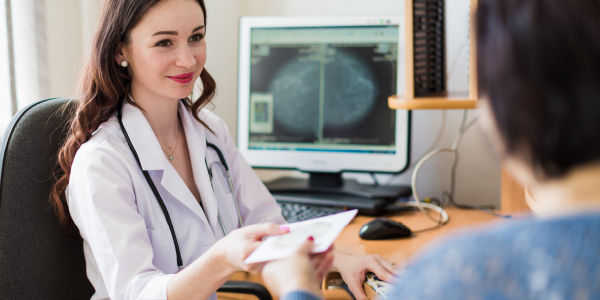
Take Control of Your Health Ahead of Breast Cancer Awareness Month
October is Breast Cancer Awareness Month, and at OakBend Medical, we’re encouraging women to get a jump start and take the month of September to schedule their next sonogram or mammogram. Early breast cancer detection can save lives, so stay on top of yearly appointments and take control of your health today!
Leave a reply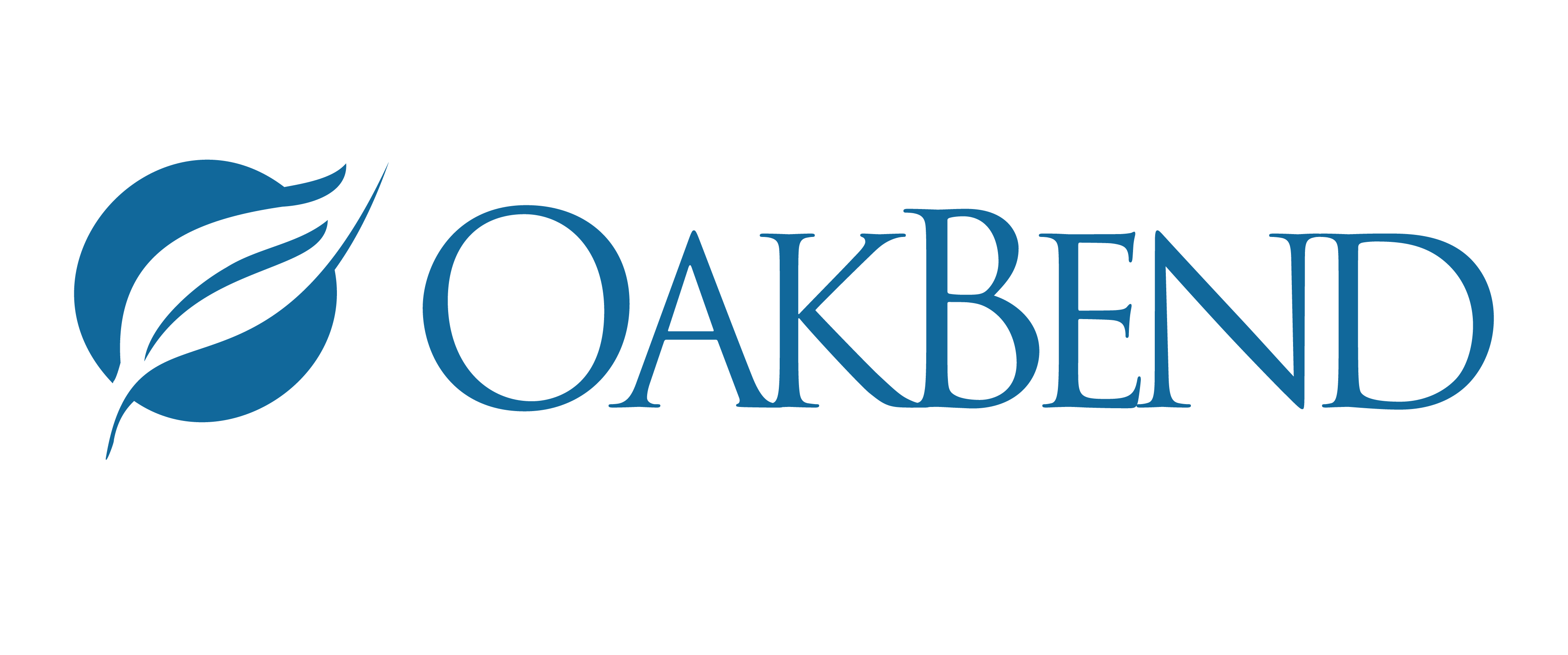





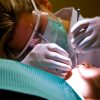


Purchase brand-new latest sex toys that give you actually peace of mind ❤️🔥. They work very fast. You can buy these toys with wonderful offers and super exciting coupons. <a href=" https://coupondonor.com/coupons/puretaboo ">Pure Taboo coupon code</a>
ReplyI was so scared when I found out I was herpes positive, tried all I could to make sure I got rid of the virus and I was so ready to do anything. I met with Dr Ajayi. He was able to help me get rid of the virus with his natural herbal medicine. I am so happy now that I am completely cured from the herpes virus. Kindly get in touch with him and get rid of your illness. Email him at ajayiherbalhome@gmail.com You can also call or write to him on WhatsApp +2348119071237 Visit his website at https://ajayiherbalhome.weebly.com
Reply